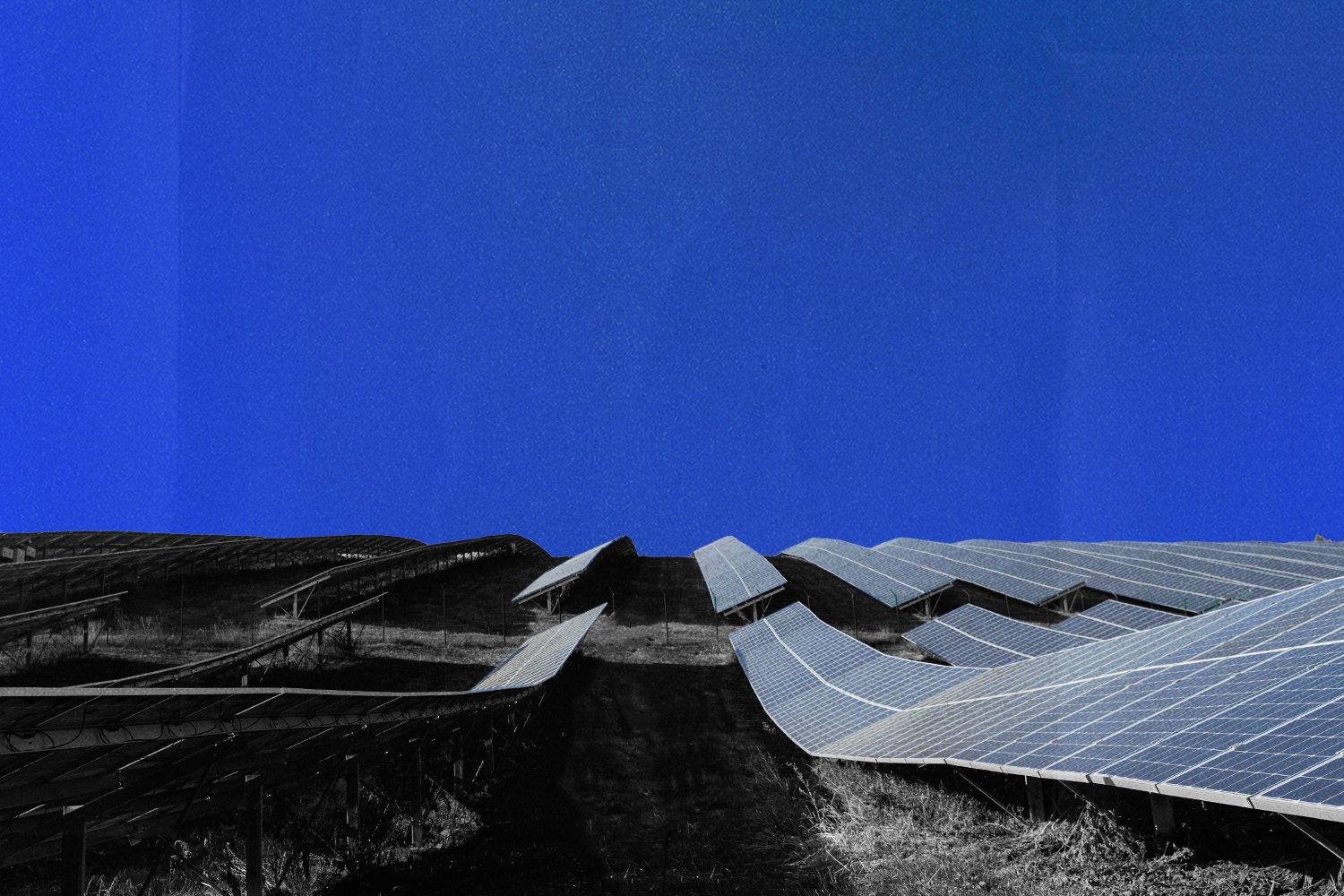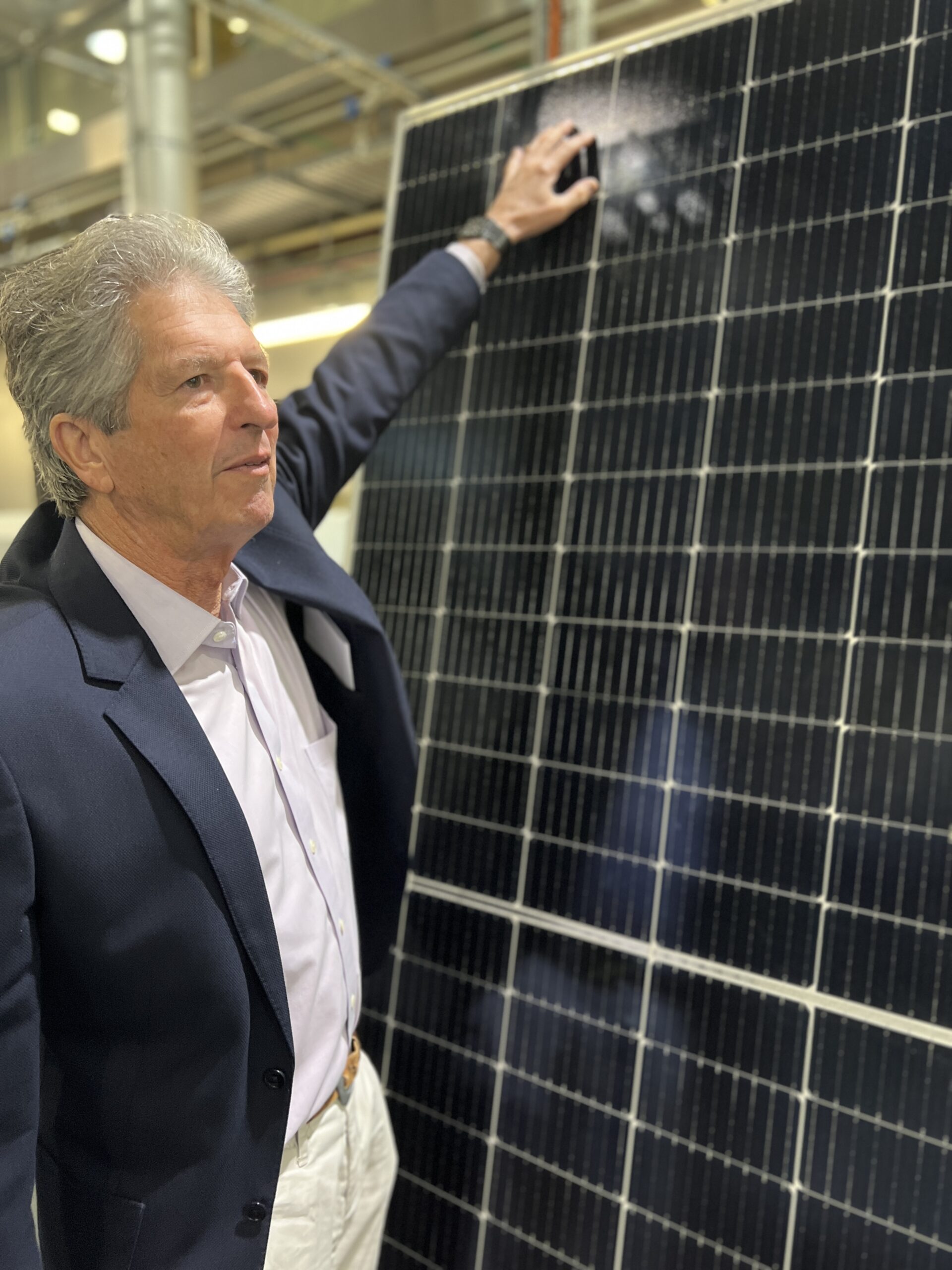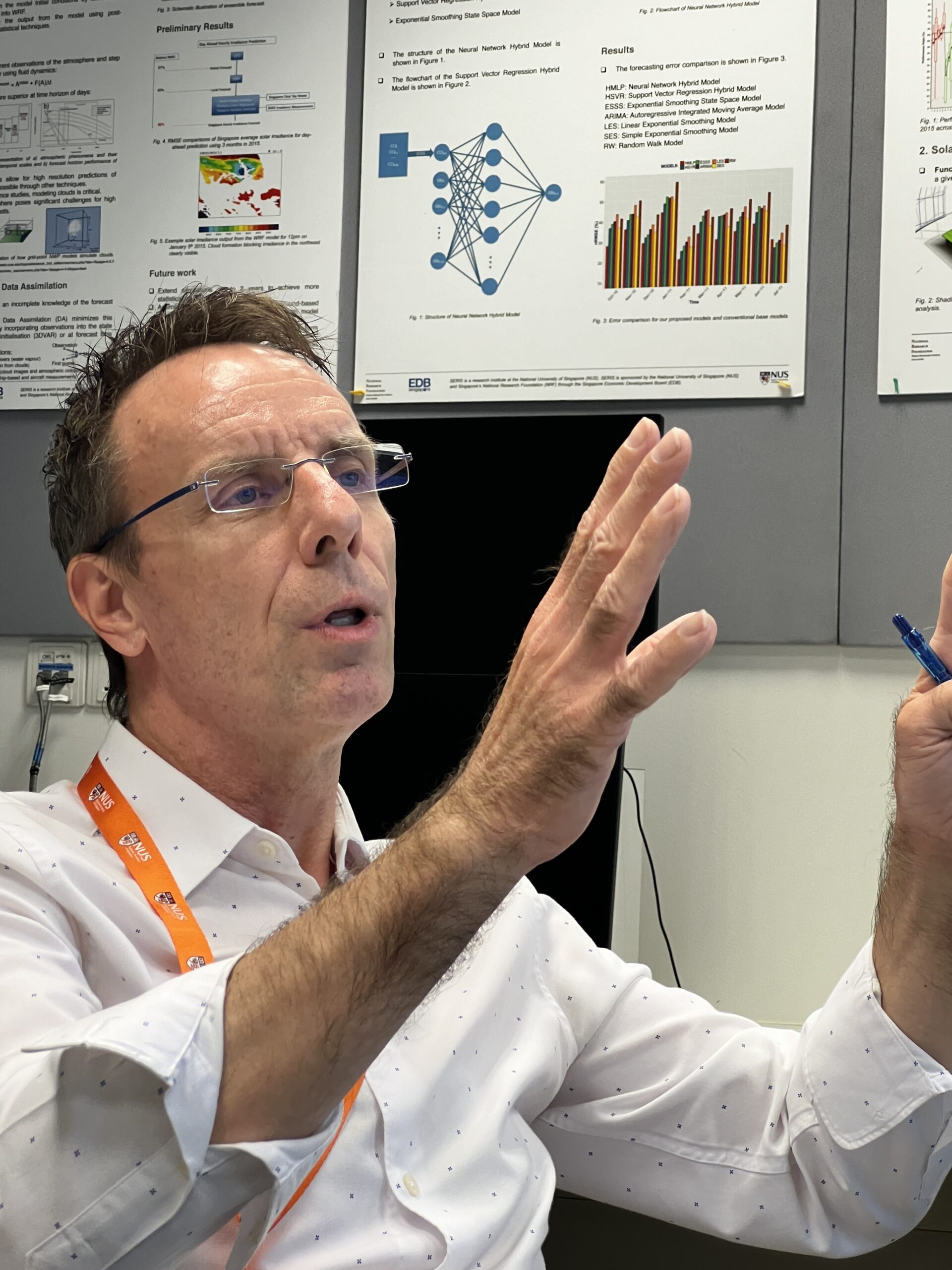Solar power poised for even greater breakthroughs
Latest NewsResearch labs in Australia and Singapore offer glimpses into solar’s bright future

SYDNEY and SINGAPORE — The future of clean energy likely will include mesmerizing breakthrough technologies like fusion energy, heat pulled from near the center of the Earth and clean hydrogen. But the unsurpassed workhorse of clean energy for the past decade — solar power — has major advances of its own in store, experts say.
Given the astonishing more than 90% decline in the cost of solar power over the past decade, it’s easy to view the technology as fairly mature and surmise only small improvements are possible going forward. But visits to two world-class solar research centers — one at the University of New South Wales in Sydney, Australia and the other at the National University of Singapore — showed the future potential of solar is at least as potent as what has already been stunningly accomplished.
“Everything has happened more quickly than even the wildest optimists predicted, and I think that’s going to continue,” Martin Green, who founded the Australian Centre for Advanced Photovoltaics, told me as we strolled through a capacious, two-story laboratory featuring a huge array of equipment he and his students use to come up with and test solar panel variations.

Martin Green at the Australian Centre for Advanced Photovoltaics in Sydney in March 2024. Photo by Bill Spindle.
A few weeks later I sat with Thomas Reindl, deputy CEO at the Solar Energy Research Institute of Singapore in his office in Singapore, the walls adorned with everything from solar radiation maps to solar panels in the form of designer tiles. His institute is carrying out pioneering research into innovative ways to deploy solar panels as well as using computers and artificial intelligence to predict cloud cover with minute accuracy.
“For the next ten years, the only two clean technologies that are ready, stable and affordable are wind and solar. Both still have a long way to go. They will power probably 60 to 70% of the whole world in 2050,” he told me, compared to about 13.4% of global electricity generation today. “Solar in particular is the lowest cost option in most countries.”
To be sure, neither researcher believes solar alone could meet all the world’s rapidly expanding energy needs. They said ways to store the variable output of solar power — especially batteries — need to develop further and become cheaper. New ways to shift power use to times when solar is available need to be developed and adopted widely. And other forms of energy, including some fossil fuels, will be needed for decades to come, they agreed.
Seeking greater efficiencies
But both researchers also said that as far as solar has come in their decades-long careers, its future will include not only incremental gains but also major breakthroughs. Those advancements will keep the technology at the forefront of the global energy transition for decades to come.
Green, often referred to as the “Godfather” of the modern solar panel for his research work in the late 1980s, has long focused his efforts on pushing solar panels to convert as much of the energy in the sunlight that hits them as possible into electrical power.
As a young researcher in the 1980s, Green invented the type of solar cell made from silicon that dominates the market today (a technology known as PERC, short for passivated emitter and rear cell). He also determined silicon could, in theory, convert 29 to 30% of the sunlight that hits its surface to electricity. (Efficiency rates around 30% may seem low, but that’s actually considered high for solar.)
This finding began a decades long industry-wide effort, more often than not led by Green and his team, to push toward that limit. Today’s panels have reached 26% efficiency, up from the 16% maximum back then.
Today, PERC is being superseded by a new panel technology known as TOPCon, short for tunnel oxide passivated contacts (try to say that 10 times fast!), which Green has also been involved in developing. Even newer breakthroughs are likely coming from huge plants and corporate research labs in China, though some are also happening in labs in the United States and India. Green and Reindl are confident future approaches incorporating combinations of materials and new ways of blending them will push solar panels to even greater heights of efficiency, potentially even beyond the current 30% efficiency limit.
Both labs are experimenting with ways to use a class of lightweight and inexpensive materials known as perovskites. These materials have proved challenging to make durable and safe, but they offer a huge boost in efficiency as well as the potential to work in new applications, like as a translucent coating on windows.
Green believes panels that are more than 28% efficient will reach the market by the early 2030s, driving another huge drop in the cost of building solar power at scale.
Adapting with solar power
In Singapore, much of the research has focused on two challenges Asian urban centers in the tropics, like Singapore itself, face with solar power: the frequent cloud cover that can block sunlight and the limited space to put up solar panels.

Thomas Reindl at the Solar Energy Research Institute in Singapore in April 2024. Photo by Bill Spindle.
Starting over a decade ago, the institute set up hundreds of sunlight sensors across the city state and began continuously measuring irradiance, the amount of sunlight that makes it to Earth as clouds come and go. Those measurements now constitute a massive data record that researchers, and Singapore power generators and grid operators, use to predict solar power output five minutes to seven hours ahead.
With the ability to predict power fluctuations, developers are now, for example, adapting central air conditioning systems to cool tanks of water along with the buildings while the sun is shining. When clouds move in, the air conditioning shuts down for minutes or even hours, using the chilled water to continue cooling the building instead.
It’s one of the many ways energy systems are adapting to the variability of solar power instead of continuing to rely on always-on fossil fuel plants.
The Singapore lab is also pioneering research on floating solar panels on inland waterways and reservoirs. They’re even trying offshore panels floating atop the ocean, taking advantage of the same generally calm seas that have helped Singapore become one of the world’s largest shipping hubs.
Meanwhile, the institute is working with architects and graphic designers to make colorful solar panels aesthetically pleasing so they can be deployed as building facades and in public spaces. For the Solar World Conference in Milan, the group even designed panels to look like flooring of the city’s famous cathedral and several portraits of Leonardo da Vinci, Reindl noted:
“Some of these are displayed in Leonardo da Vinci Museum of Science and Technology, they liked them so much.”